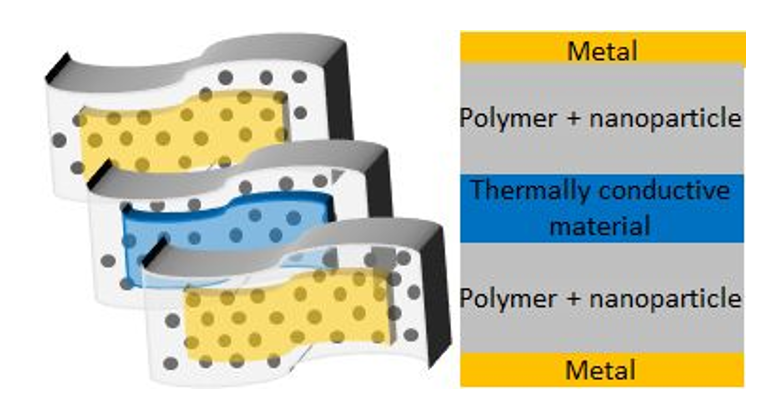Video Article Open Access
New Materials for Next Generation High Performance Capacitors
Luciana Tavares*, Odysseas Gkionis-Konstantatos, Shova Neupane, William Greenbank, Thomas Ebel
Department of Mechanical and Electrical Engineering (DME), Centre for Industrial Electronics (CIE), University of Southern Denmark (SDU), Alsion 2, DK-6400 Sønderborg, Denmark
Vid. Proc. Adv. Mater., Volume 3, Article ID 2208300 (2022)
DOI: 10.5185/vpoam.2022.08300
Publication Date (Web): 27 Nov 2022
Copyright © IAAM
Graphical Abstract

Abstract
Capacitors are one of the most basic electronic components and they are vital components to tackle energy saving problems. However, modern demands from e.g., automotive and IoT industries require development of improved dielectrics with high dielectric constant and good reliability for high temperature and high voltage applications. Therefore, efficient heat removal from the interior of capacitors is essential, especially in metallized polymer film designs due to the low thermal conductivity of both the polymer dielectric and the thin metallization. Our approach to increase thermal conductivity is to use a multilayer film stack that improves heat removal from the dielectric, while to increase the dielectric constant we will blend newly developed nanoparticles into the polymer host materials. Polymer nanocomposites combine the advantages of ceramic dielectrics e.g., thermal, mechanical, and electrical properties with the polymers facile processability, high breakdown strength, and self-healing capability and can significantly improve dielectric properties and capacitive energy storage capabilities [1,2]. The aim of this work is to achieve capacitors with superior energy storage density that are more efficient and reliable both at high temperature and high voltages.
Keywords
Polymer capacitors; thermal conductivity; energy storage density.
Acknowledgement
We would like to thank the Villum Experiment (project no. 40724).
References
- Q. Li, F.-Z. Yao, Y. Liu, G. Zhang, H. Wang, and Q. Wang, Annual Review of Materials Research, 2018, 48, 219.
- J. Kim, S. Saremi, M. Acharya, G. Velarde, E. Parsonnet, P. Donahue, A. Qualls, D. Garcia, and L. W. Martin, Science, 2020, 369, 84.
Video Proceedings of Advanced Materials

Upcoming Congress



